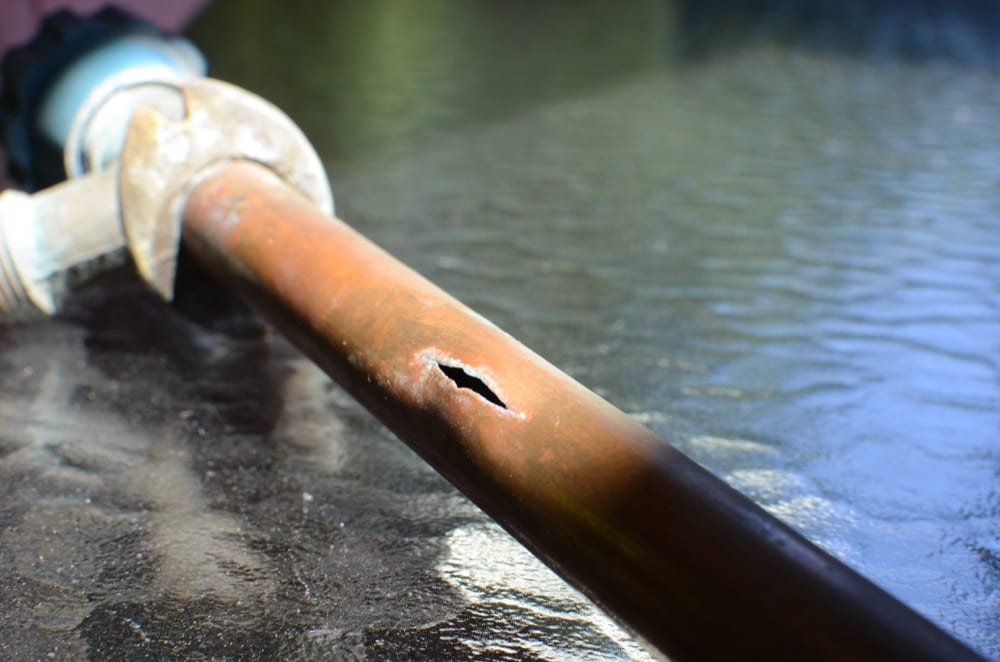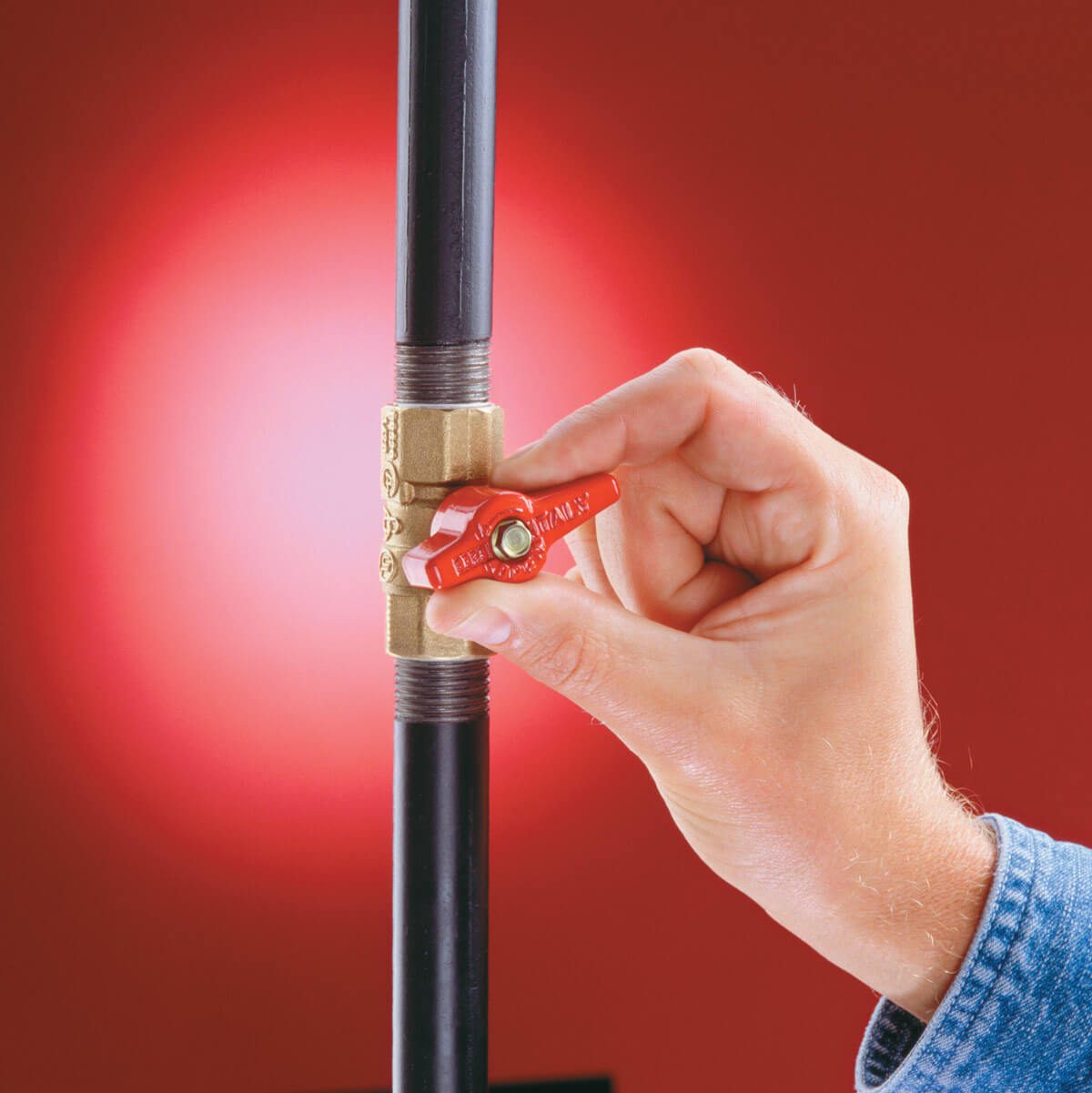Septic System Maintenance 101: What You Need to Know
Septic System Maintenance 101: What You Need to Know
Blog Article
On this page down the page yow will discover some really good additional info pertaining to What You Should And Shouldn’t Do When Dealing With Water Damage.

What should you do if a water pipe bursts in your residence? The longer you wait, the a lot more serious the damage that can take place to your residential property. For these reasons, you need to find out exactly how to act in the event of a ruptured water pipeline.
Shut Off the Main Waterline Shutoff
Look for the neighborhood shut-off shutoff to turn off the water in one certain area just. If you don't recognize where the local shut-off valve is, go for the primary water line valve as well as turn it off. Generally, the main shutoff is discovered outside the residence next to the water meter.
Call Water Damages Remediation Pros for Aid
After shutting the water resource, call the experts for help. Since the pipes needed to be fixed and also there is a requirement to deal with the various other problems to your residential property, this scenario is not something you can do some Do it yourself. If you can not deal, look for aid from a reputable company offering 24/7 emergency services. With their professional help, you can protect against a lot larger water damage consisting of distorted baseboards, loosened floor tiles, or damaged structures. Do not take this issue lightly as well as seek professional advice for your total comfort and a reputable solution.
Document the Damage For Insurance policy
While you're awaiting the pros to show up, get some documentation of the damage triggered by the errant pipeline. Take pictures and also videos of everything. Do close-up shots of the harmed belongings and places. Your paperwork will work as evidence for your home owner's insurance coverage. Keeping aggressive with this circumstance helps you to sue for coverage, which will certainly even more sustain you as well as your family to come back on your feet.
Recover Things That Can Be Conserved
Analyze the harmed products and also take out the most essential ones from the pile once you're done taking photos. Dry them off in a dry/warm area away from the broken area as well as attempt to protect them as high as you can. Drag as much moisture as you can to the material so it can start to dry out.
Begin the Drying Process
Luckily, the water from your waterlines is currently clean so you don't have to stress about drain water. The moving water may have disrupted the dirt and debris in your floorboards as well as rugs. Blot out as much water as you can from the surface areas with old towels.
Professionals are the only individuals certified to assess properly and also fix the burs pipes as well as succeeding damages. As always, pipes do not simply suddenly burst out of the blue. They typically offer quiet red flags like bubbling paint, water spots. Unusual noises in the plumbing, caving ceiling, musty odor, or peeling off wallpaper. Make note of these signs and do some preventive measures so you can nip any kind of concerns in the bud.
What should you do if a water pipeline ruptureds in your house? For these reasons, you need to learn exactly how to act in the event of a burst water pipeline. After closing the water resource, call the specialists for aid. With their specialist aid, you can protect against a lot bigger water damages consisting of warped baseboards, loose tiles, or damaged structures. Thankfully, the water from your waterlines is already clean so you don't have to worry about sewage system water.
BROKEN WATER PIPES: COST TO REPLACE & WAYS TO FIX A PIPE
CAUSES OF A BROKEN WATER PIPE
A water pipe can break for several reasons depending on the environment you live in, type of pipe, and circumstances.
The most common cause of broken pipes is freezing. If you live in a colder climate, this could happen. When water freezes it increases in volume by 9% and the pressure in the pipes can go from 40 psi to 40,000 psi. Clearly, this could be detrimental to the pipes. Water freezing causes quick expansion, which puts stress on the pipes and could lead them to crack or weaken. When water thaws, it will leak out the cracks. Other changes in water pressure can also cause breakage. Another common cause of broken water pipes is age.
Depending on the material, water pipes can last anywhere from 70-100 years. But the older they get, the more susceptible they are to weakening and corroding. Older pipes coming into contact with another material could speed up the corrosion process as well. PVC pipes can become brittle with age, while copper is prone to corrosion and stress over time. Something that could also potentially break water pipes is when they move. They may move from construction or the house settling. Moving can stress the fixed pipe which may lead to a leak or burst pipe.
HOW MUCH WATER COULD LEAK INTO YOUR HOUSE FROM A BROKEN PIPE?
The amount of water that leaks depend on how big the break in a pipe is. If it is just a minor crack, water will slowly leak out. This isn’t as serious as a full broken pipe, but it can still cause significant damage to your home. Burst pipes can leak up to 10 gallons of water per minute. The amount of water leaked also depends on what appliance is involved. The water line to your refrigerator can leak ½ to 1 gallon per minute depending on water pressure. One toilet supply line may leak 2-3 gallons a minute and a washing machine hose will leak up to 10-12 gallons per minute.
TURN THE WATER OFF
Doing this first is imperative; everything else can wait. You need to deactivate the water supply to stop the flow of water and prevent more water from leaking into your home. Shutting off the water could potentially save you thousands in water damage repairs. Locating the water shutoff valve depends on the climate you live in. For colder climates, the valves are usually inside, such as in the basement. For houses in milder weather, the shutoff valves will probably be outside—either attached to an exterior wall or in an underground box with a removable lid.
OPEN A FAUCET
The next thing to do is to open a faucet or turn on a sink. This will relieve any remaining water pressure in the pipes and ensure a full-shut down.
GET RID OF THE WATER
The quicker you get rid of the water, the less water damage and mold there could be. Use a mop and a shop vacuum to help get clean up the water. Use towels to dry everything the best you can.
CUT AND REMOVE THE DAMAGED PIPE
Once you have shut off the water and drained the damaged water pipe, you can begin to fix the issue. Cut out the damaged section of the pipe with a pipe cutter, ensuring that you also cut one inch extra on each side of the damage. Once you get rid of the broken part of the pipe, you may begin repairs.
https://www.wmhendersoninc.com/blog/broken-water-pipes-cost-to-replace-ways-to-fix-a-pipe/

Do you appreciate reading about Water Damage Restoration Do’s And Don’t? Give a remark down below. We would be interested to listen to your responses about this blog post. We hope that you come back again in the near future. Enjoyed reading our article? Please share it. Let another person find it. Kudos for your time. Come back soon.
Report this page